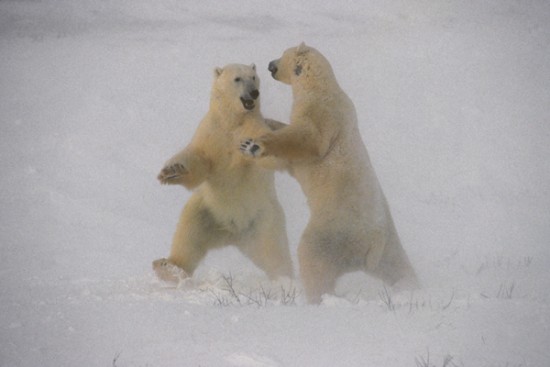A few short months ago I walked into the Mangelsen gallery on Girard Ave in La Jolla, CA and was amazed to find out that Tom would be in town within the next week for a book signing. I was invited to his private dinner party and a book signing. I was so excited to meet an fellow ecologist and photographer who has continually inspired me since the late 1990’s.
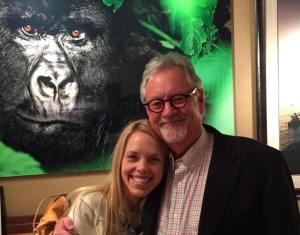
My fascination with polar bears led me to Tom’s extensive photography gallery. It was the end of the 1990’s and the internet was a wealth of information and sharing, and as a student we were highly encourage to use the internet to help our research efforts. I had two questions about polar bears that peaked my curiosity “1. Where did polar bears come from? and 2.Why are do they appear white when other bears are black or brown?” Through my research I found that polar bear mitochondrial DNA (M-DNA) is linked to their ancestors, the kodiak bears. All animals receive their M-DNA from their mother, even humans. Biologist found the polar bear M-DNA was the same as the kodiak bear M-DNA, meaning that millions of years ago the polar bear population merged from the kodiak bear population.
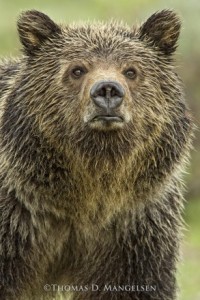
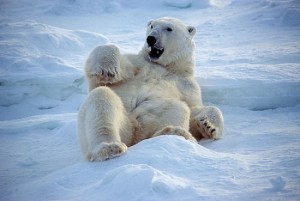
The polar bear adapted to the extreme weather conditions through the production of translucent hair instead of brown hair. Polar bears have black skin which allows them to absorb heat from the sun. The UV light from the sun travels through the thick layer of translucent fur to the black skin absorbing the heat and keeping them warm. An adaptation not seen in any other bear. Other reasons for translucent hair may additionally be related to their aquatic hunting strategy needed to hunt seals in the white snowy abyss. Polar bears are considered marine mammals because they rely strictly on the ocean for their food, which also differentiates them from other species of bear.
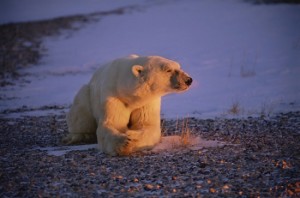
Tom’s photographs continue to inspire me to travel, to understand my environment through the eyes of animals, and to look for the details. I want to continue to explore the ocean and detail the lives of marine animals with my camera. My love for photography has grown from Tom’s images, inspiring to take my own photos of ocean life. Tom is an amazing teacher. I took his creative live course to learn how to take better photos – and I learned it is about “making” a photo, not “taking” a photo. (Click here if you want to explore creative live)
Our world is becoming an electronic story based culture, focused on photographs and videos. Who continually inspires you?
For me… I must thank my new friend Tom for his love for all animals and for traveling the world to share their beauty, homes, and lives with us. Meeting my photography idol and eating lunch with Tom was really special for me. A weekend I won’t forget.

Bohren, Craig F. and Sardie, Joseph M., “Utilization of solar radiation by polar animals: an optical model for pelts; an alternative explanation”, Applied Optics 20 (11), 1894-6 (1981).
Stegmaier, T., Linke, M., and Planck, H. Bionics in textiles:flexible and translucent thermal insulation for thermal applications. 2009.
Tributsch, H., Goslowsky, H., Küppers, U., and Wetzel, H., “Light collection and solar sensing through the polar bear pelt”, Solar Energy Materials 21, 219-36 (1990).
W. Miller et al., “Polar and brown bear genomes reveal ancient admixture and demographic footprints of past climate change,” Proceedings of the National Academies of Sciences, doi:10.1073/pnas.1210506109, 2012.
